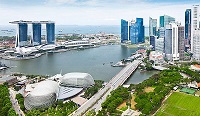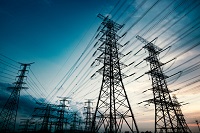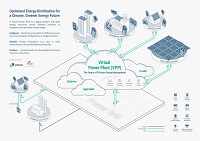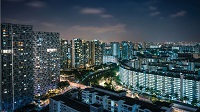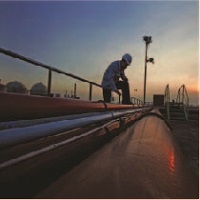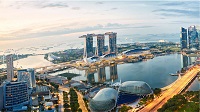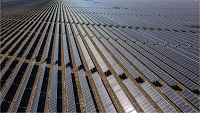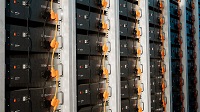A Singapore Government Agency WebsiteHow to identify
Official website links end with .gov.sg
Government agencies communicate via .gov.sg websites
(e.g. go.gov.sg/open).Trusted websites
Secure websites use HTTPS
Look for a lock ( )or https:// as an added precaution. Share sensitive information only on official, secure websites.
Speeches
29 Oct 2013
Distinguished guests
Ladies and Gentlemen
- I am pleased to be here with you this morning at the opening of the Asia Future Energy Forum and the Asia Smart Grid and Electromobility Conference. It is heartening to see such a good turnout.
- This marks the second year that the Asia Future Energy Forum (AFEF) is partnering SIEW, and the third year of partnership between SIEW and the Asia Smart Grid (ASG) Conference. Both programmes have grown more robust over the years, and this year’s edition was made possible only with the firm and continued support of Reed Exhibition. Indeed, we look forward to the exciting program put together by AFEF and ASG, particularly with the line-up of speakers we are expecting over the next two days. I am glad to see that the breadth of topics is huge and constantly growing.
- As many of us here today would attest to, the energy landscape is rapidly changing. With increasing pressure to mitigate climate change, and with advances in technology, interest in the different renewable technologies is on the rise.
- While renewable energy sources are certainly desirable from the perspective of climate change and energy security, some bring with them their own set of challenges. Solar and wind are intermittent and their rapid fluctuations can bring stresses to the grid. Distributed renewable energy generation also challenges the grid, as it had been historically designed to carry electricity one way, while consumer and technology changes are moving it to also be bi-directional.
- In recent years, smart meters and other technologies have made great advances to enable more efficient management of our grids. However, the ultimate solution lies in cost-effective grid storage. Globally, private and public sectors are launching exciting initiatives, such as the Solana project in Arizona, to make grid-scale energy storage more commercially-viable to consumers. It is therefore not surprising that ASG has devoted a large part of tomorrow’s program on this emerging topic.
- In the context of Singapore, the renewable energy source that has the greatest potential for large scale deployment would be solar. Our main challenge, however, is intermittency caused by cloud cover. Coupled with our small geographical size, this reduces the degree of diversity across the network. In addition, unlike the interconnected grids in continental Europe which help address intermittency issues, there is limited connectivity to grids outside of Singapore.
- Yesterday EMA launched a public consultation paper on the policy framework for intermittent generation. The paper puts forth a mechanism to recognize the benefits that intermittent sources like solar can bring to the system by reducing peak demand, and consequently electricity pool prices. In addition, it outlines a framework for the procurement and charging of spinning reserves to manage the variability of such sources, as necessary, to stabilise the grid. With this framework we are hopeful that the electricity system would be able to support a higher deployment of solar, without compromising stability.
- In addition, Singapore also launched earlier this month the Pulau Ubin Micro Grid test-bed to assess the reliability of electricity supply in a grid that includes intermittent energy sources. To further explore our renewable energy options, EMA is also collaborating with various parties, including the Experimental Power Grid Centre based in Singapore, to better understand how intermittent energy sources can be integrated into our energy system without compromising overall grid stability.
- While the examples I have mentioned had been driven by the Government, we also believe in encouraging ground-up approaches and partnering various industries in our strive towards better energy usage. Through the Energy Innovation Programme Office (EIPO), the Singapore government administers the $140 million Energy Innovation Research Programme (EIRP) that supports industry-relevant innovation in the energy sector. Two grant calls were launched last year, one for solar PV and another for smart grids. A total sum of $22 million has since been awarded to 11 proposals.
- Looking ahead, the Government will continue to build capabilities in areas such as smart grid design, and in the management of intermittent renewable energy resources. We will also seek system-level solutions that enhance the overall efficiency and resilience of our power grid. These efforts will create new opportunities in both the power generation and clean energy sector.
- On this note, I look forward to participating in robust and fruitful discussions at the Asia Future Energy Forum and the Asia Smart Grid and Electromobility Conference. I am sure that through these two events, and the Singapore International Energy Week, you can take away innovative ideas and ways to make our world a more sustainable and livable one.
- Thank you.
